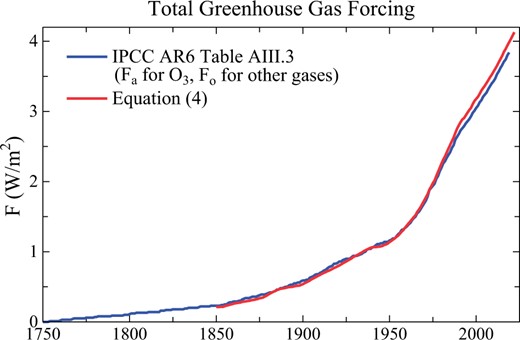arsekick
Well-known member
Still got nothing I see, are you sure you're a qualified "climate" scientist ?thank you for proving a point....https://support.minitab.com/en-us/minitab/21/help-and-how-to/statistical-modeling/anova/supporting-topics/anova-statistics/understanding-mean-squares/ slap yourself
"observed with my own eyes the desolation the anthropocene is wrecking upon the environment."
"The Anthropocene Epoch is an unofficial unit of geologic time, used to describe the most recent period in Earth's history when human activity started to have a significant impact on the planet's climate and ecosystems"
We're still in the Holocene it started on a Thursday afternoon about 11500 years ago and is still gong.
You climate change idiots think it will end in when the planet enters its 6th great extinction because of "man made Co2.
Last edited:







